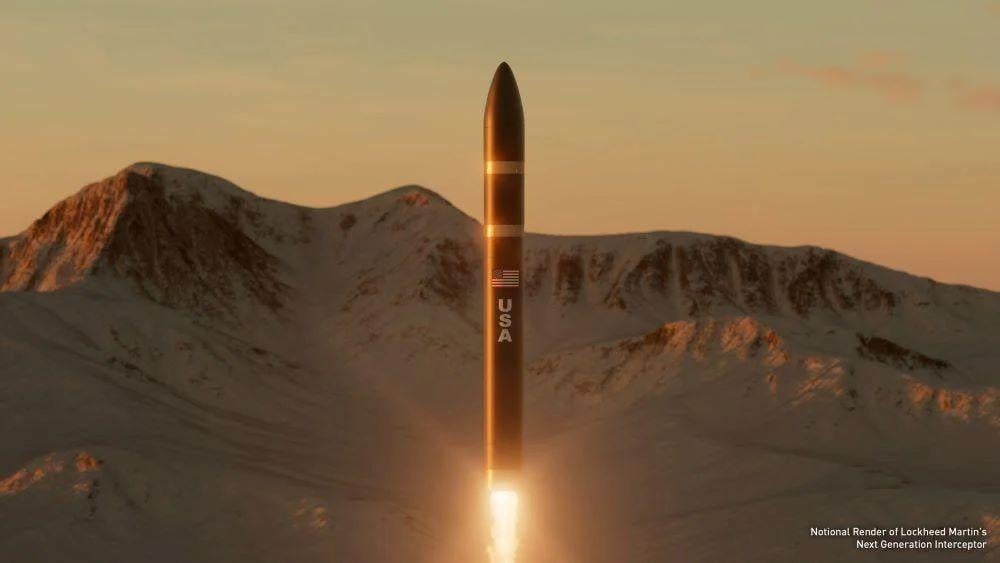
Rendering of the Next Generation Interceptor.
Credit: Lockheed Martin
HUNTSVILLE, Alabama—Lockheed Martin is prioritizing keeping the Next Generation Interceptor (NGI) program on track for the target deployment in 2028, as a government watchdog has raised concerns that the Missile Defense Agency (MDA) is taking a risky approach. Lockheed in April won the NGI contract...
Subscription Required
Lockheed Focusing On NGI Schedule Following Watchdog’s Concerns is published in Aerospace Daily & Defense Report, an Aviation Week Intelligence Network (AWIN) Market Briefing and is included with your AWIN membership.
Already a member of AWIN or subscribe to Aerospace Daily & Defense Report through your company? Login with your existing email and password.
Not a member? Learn how you can access the market intelligence and data you need to stay abreast of what's happening in the aerospace and defense community.
